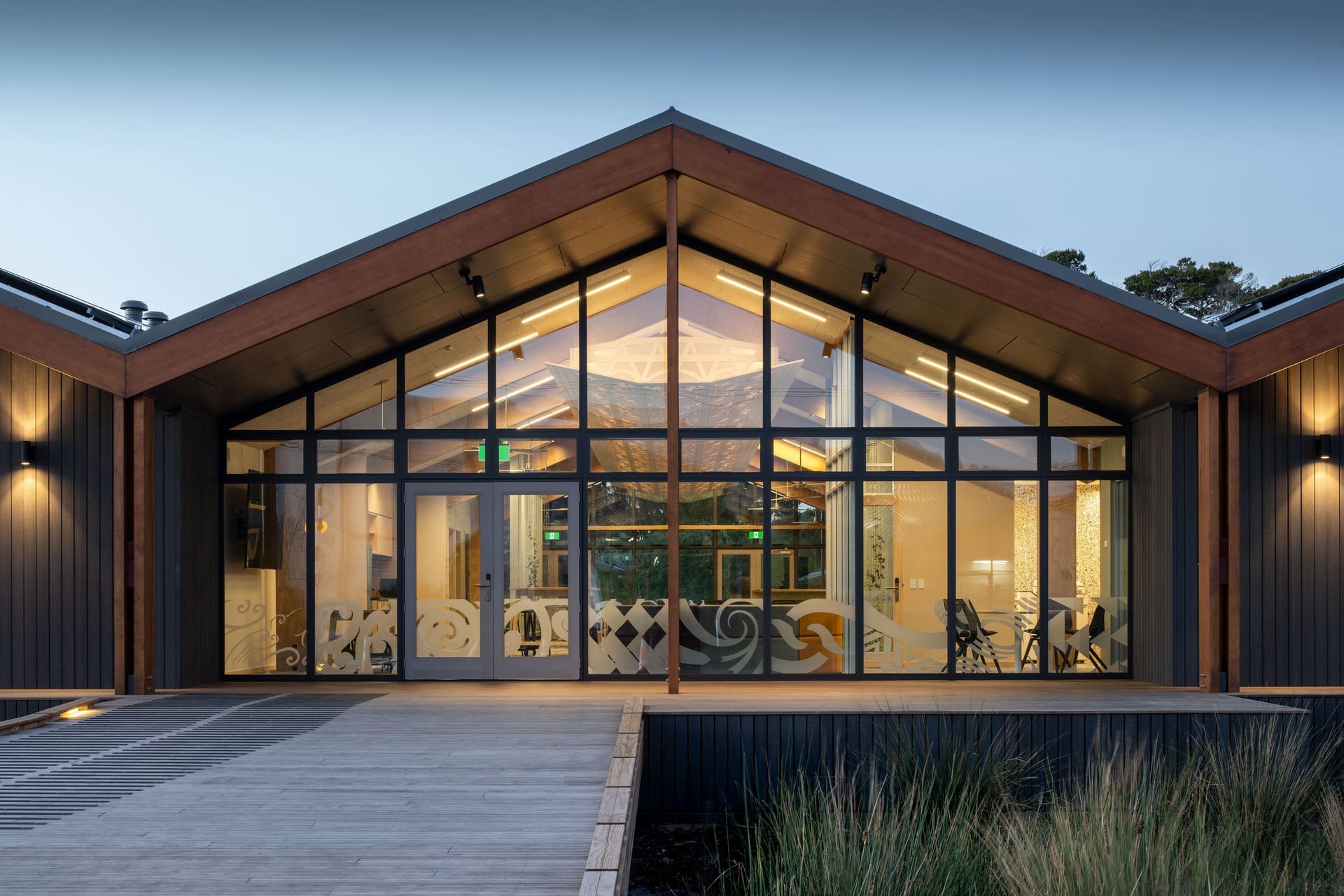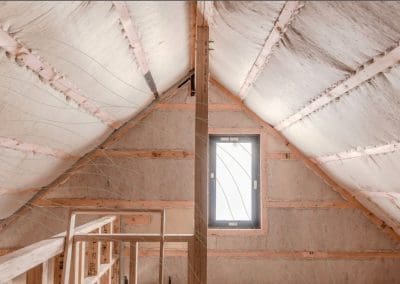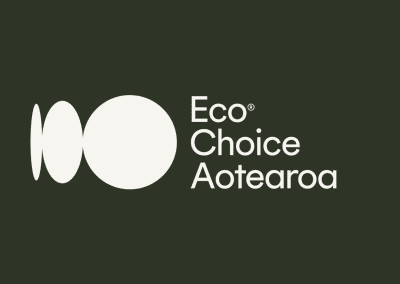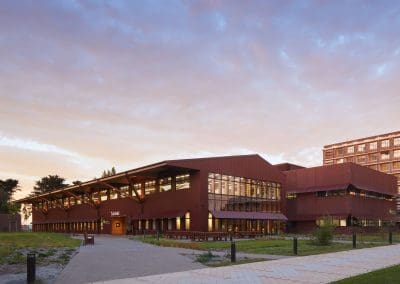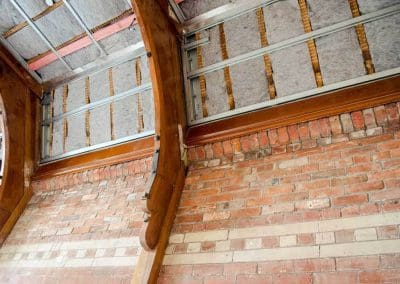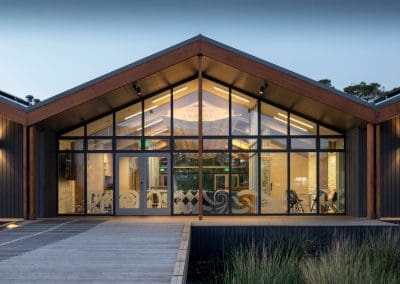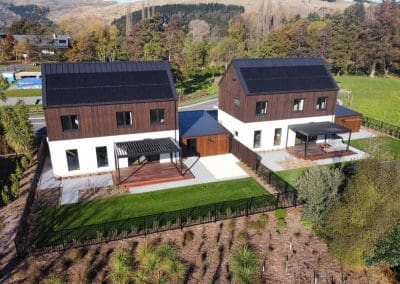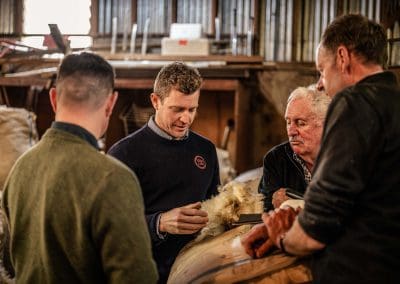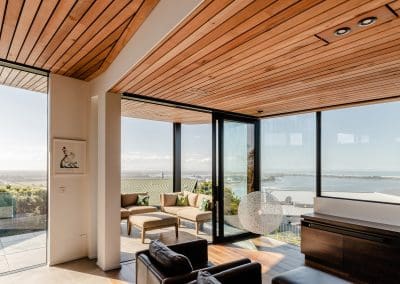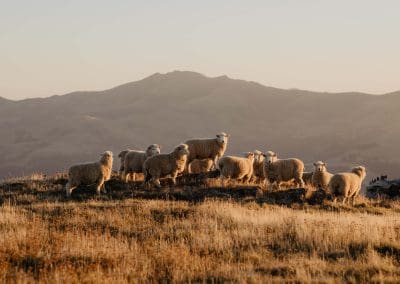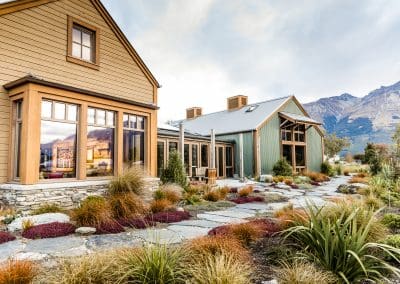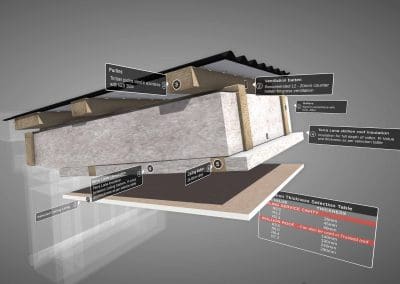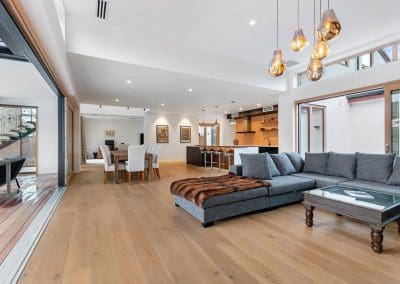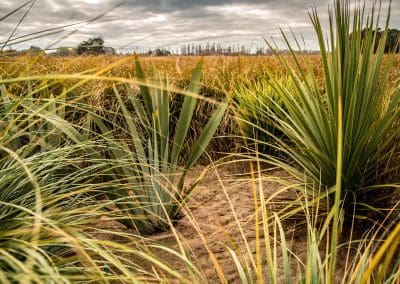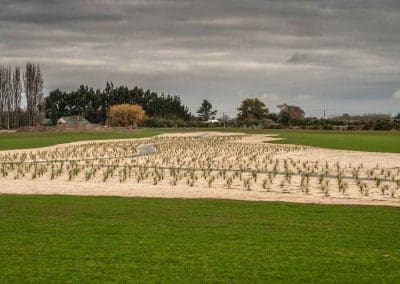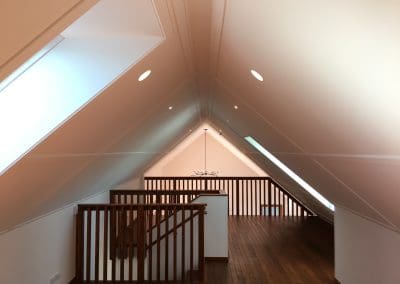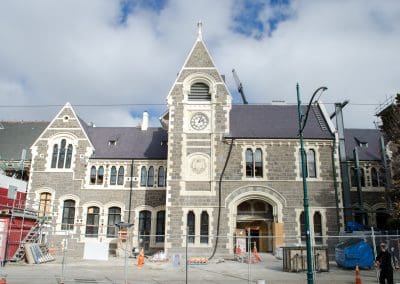Terra Lana insulation features in the latest education building by Tennent Brown for Te Wānanga o Raukawa. Certified Declare Red List Free, the wool insulation was an easy tick for a building designed to the Living Building Challenge standards.
The Living Building Challenge (LBC) is the world’s most stringent sustainability rating system, with only 32 projects awarded full certification globally. For the new Pā Reo building at Kāpiti Coast, Te Wānanga o Raukawa, architects Tennent Brown have designed it to the LBC Full Living standard.
‘There are 2,459 materials throughout the building and landscape, and our team has researched every product,’ says Ewan Brown from Tennent Brown Architects. ’We knew Terra Lana ticked all the boxes, which meant we could focus on checking the other 2,400 plus products!’
Product stewardship aligns with Living Building Challenge
The Living Building Challenge (LBC) is a revolutionary set of sustainable construction guidelines pushing architects to find new ways of building necessary for achieving carbon neutrality by 2050, and Pā Reo is Tennent Brown’s fifth project to aim for certification.
‘We’ve been researching the materials we use for the LBC for five years now,’ says Ewan, ‘What is the product made from? Are there any toxins? And Terra Lana is ideal because it’s a Declare product, it’s also organic-based, has no bad chemicals and is healthy to handle.’
Terra Lana wool insulation is certified as Declare Red List Free, meaning it has been rigorously tested to be free of the 800 plus CAS number toxic chemicals that can be found in building materials, as well as being GREENGUARD indoor air quality test approved.
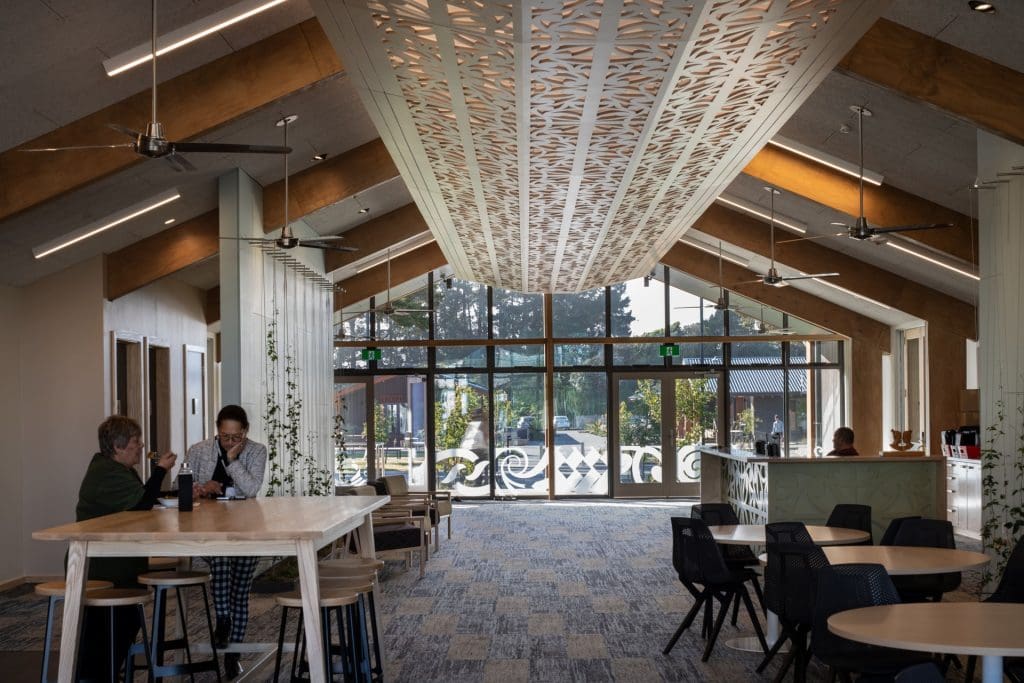
Minimum waste, maximum carbon sequestration
The LBC also requires a 95 percent diversion for insulation and carpet waste. ‘This was another area where specifying Terra Lana wool insulation was a real plus,’ says Ewan. ‘They could make the insulation pads the width we needed to fit the joists, which meant very little waste on site. The few off-cuts on site went back to the factory to be reused – it’s not downcycled but goes straight back into the same quality product.’
‘Recent research in New Zealand highlights that wool’s high biogenic carbon content – which can make up to 50% of its weight – boosts its sustainability as a building material. Using wool in construction can therefore help transform the built environment into a carbon sink,’ notes Dr Nilesh Bakshi, Lecturer in Architectural Science and Sustainable Systems Design, Wellington School of Architecture.
‘Starting September 2024, new international standards for environmental product declarations will account for the biogenic carbon in natural materials like wool. This change emphasises the value of incorporating wool into New Zealand’s construction industry for its carbon-sequestering benefits.’
Additionally, Terra Lana’s production process, which recycles both production waste and end-of-life products, helps maintain this carbon storage over time.
Unaffected by the weather, making construction simpler
Yet for all the advantages Terra Lana wool insulation offers, on this project it was also the moisture management properties of the wool fibre that made it highly practical during the build.
‘The thing I really liked about it on the Pā Reo project was that because the installer hadn’t put in wool insulation under the floor before, it ended up being uncovered for a few days,’ notes Ewan. ‘It got rained on, but it didn’t matter the Terra Lana got wet – it breathes the water away – so it was another thing the builder didn’t have to worry about.’
Talk to our team
Contact our team to find out which Terra Lana product is right for your project. Email us at spec@terralana.co.nz or you can phone us on 0800 485 262.
Project credits
Project: Pā Reo, Te Wānanga o Raukawa
Product: Terra Lana wool insulation
Architect: Tennent Brown
Photographer: Andy Spain
Writer: Folio
